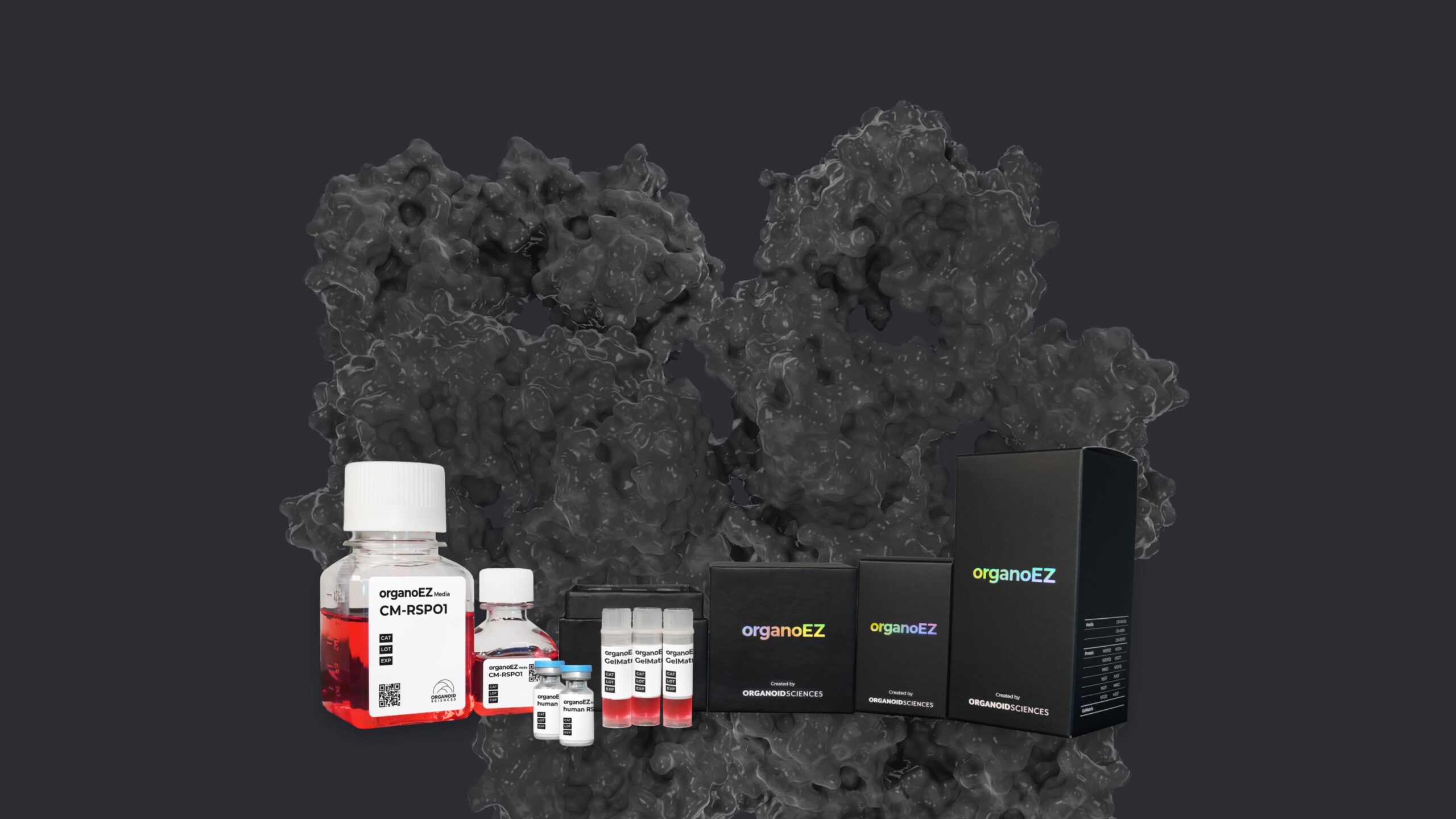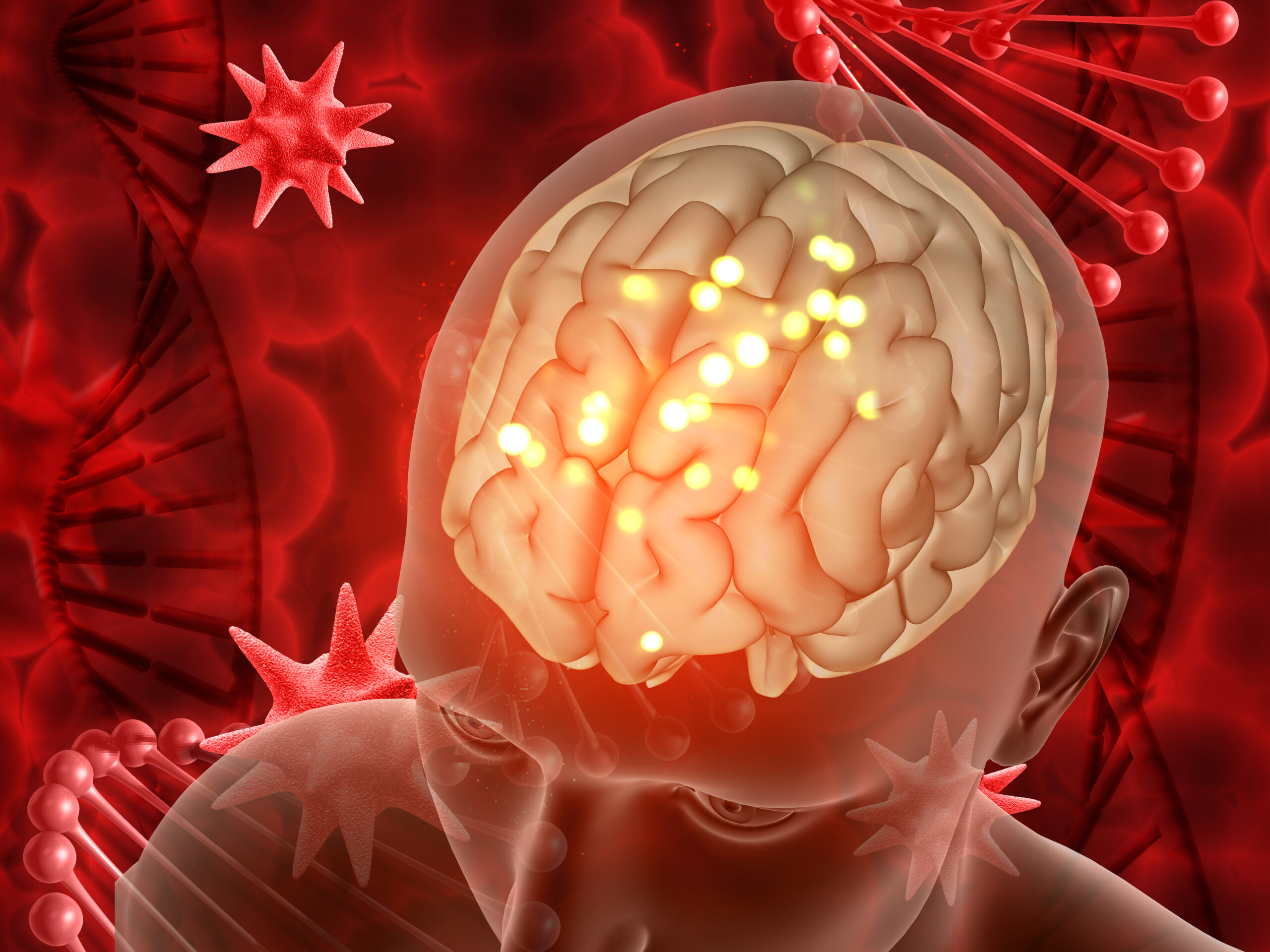Branched endosomal disruptor (BEND) lipids mediate delivery of mRNA and CRISPR-Cas9 ribonucleoprotein complex for hepatic gene editing and T cell engineering
Journal: Nature Communications
Author: Marshall S. Padilla
This study discovers a streamlined method to create branched lipid nanoparticles (LNPs) for improved mRNA delivery. This advancement in lipid architecture enhances the particles’ ability to escape cellular barriers, potentially advancing mRNA therapeutics and gene editing applications across multiple cell types.
Rapid and scalable personalized ASO screening in patient-derived organoids
Journal: Nature
Author: John C. Means et al. USA
Researchers developed an efficient platform for creating patient-derived organoid models to evaluate personalized antisense oligonucleotide treatments. This approach shows promise in treating rare genetic diseases, demonstrating successful reversal of disease-associated characteristics in Duchenne muscular dystrophy.
Multiplexed spatial mapping of chromatin features, transcriptome and proteins in tissues
Journal: Nature Methods
Author: Pengfei Guo et al., USA
Scientists have developed spatial-Mux-seq, a breakthrough technology that simultaneously maps five molecular layers—histone modifications, chromatin accessibility, gene expression, and proteins—in intact tissue. This reveals previously hidden complexities in cellular organization and development.
Advanced Delivery Systems for Gene Editing: A Comprehensive Review from the GenE-HumDi COST Action Working group
Journal: Molecular Therapy Nucleic Acids
Author: Alessia Cavazza et al., Italy
The comprehensive review examines genome editing delivery systems for clinical applications, highlighting both viral and non-viral approaches. The GenE-HumDi COST Action collaboration evaluates how these systems could overcome delivery barriers for both ex vivo and in vivo therapeutic applications.




